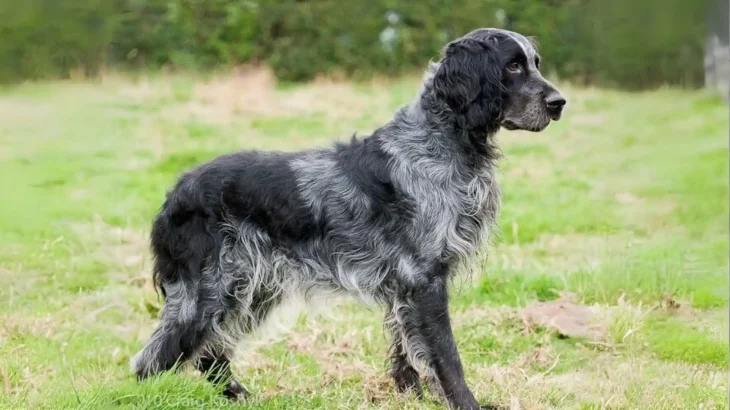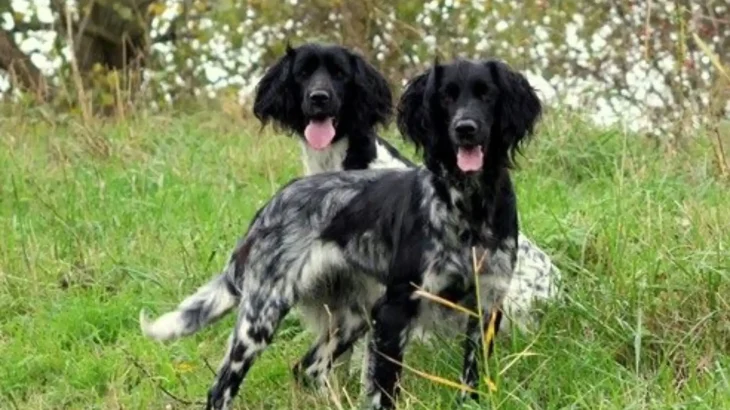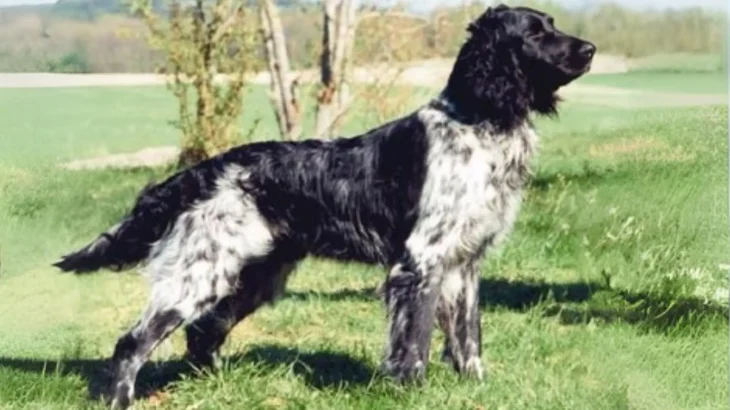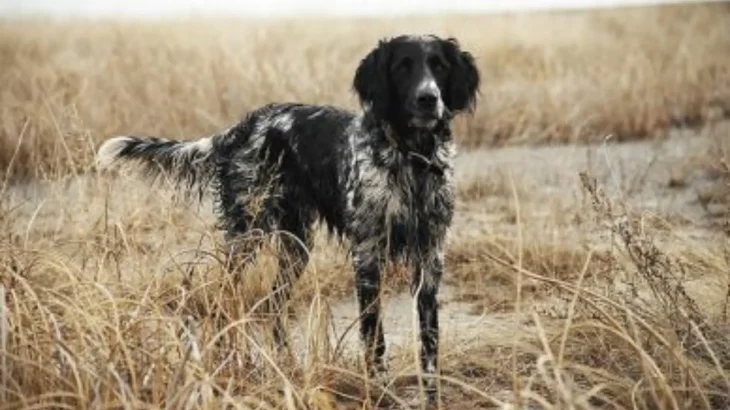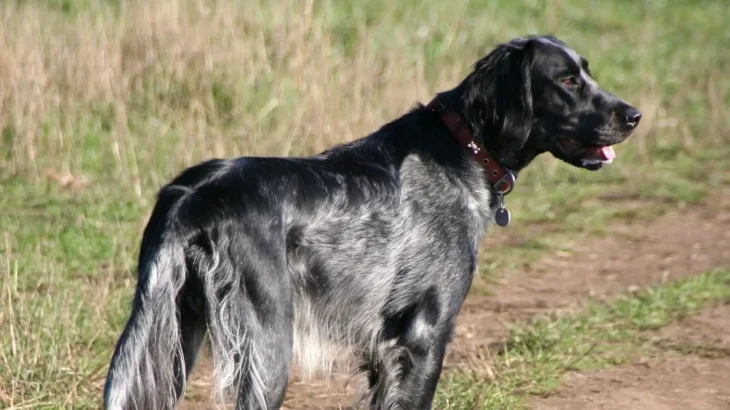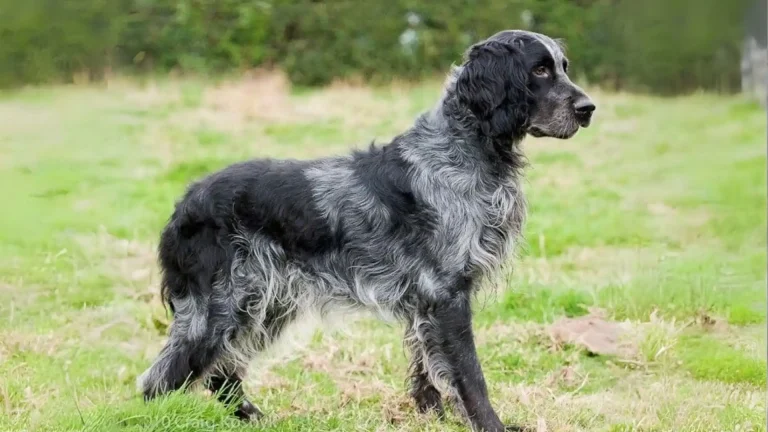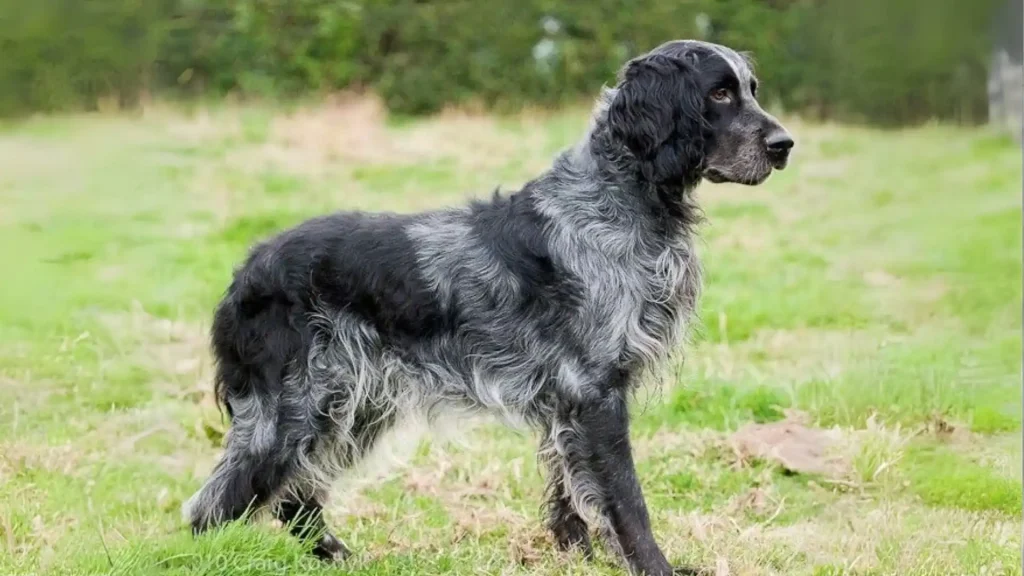Deciding whether to adopt or purchase a Large Münsterländer puppy involves weighing the benefits of knowing its background against the chance to give a dog a new home. Buyers often find detailed information about the puppy's lineage and health through breeders, whereas adoption can provide a rewarding option by rescuing a dog in need. Each path offers unique advantages based on priorities like health transparency and ethical considerations.
Adoption vs. Breeder: Pros & Cons
| Criteria | Buying from Breeder | Adopting from Shelter/Rescue |
|---|---|---|
| Cost | Typically higher, reflecting purebred status and breeder care. | Generally lower, with fees supporting rescue efforts rather than profit. |
| Health History | Comprehensive health screenings and genetic testing usually available. | Health history may be limited but basic vet checks are conducted. |
| Age Availability | Primarily young puppies, allowing early bonding and training. | Range of ages, including mature dogs ready for immediate adoption. |
| Temperament Insight | Breeders can provide lineage-based temperament predictions. | Behavior assessments by shelter staff offer practical insights. |
| Supporting Practices | Encourages responsible breeding when choosing ethical breeders. | Supports animal welfare by rescuing dogs from uncertain futures. |
| Breed Purity & Pedigree | Assured pedigree and breed standards with documentation. | Breed may be mixed or uncertain; purebred status not guaranteed. |

